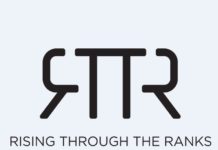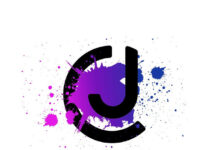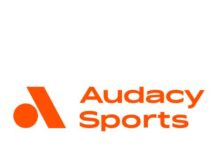
(By Dick Kalt) I don’t have to state the obvious — that for musicformatted stations, playing more music is important. But listeners have access to their favorite music through so many options today. Why do they need your station?
It gets down to how well you really know your audience. You have all the elements: music, local personalities, social connection, and mobility. Is that enough to keep and grow your audience? With so much pressure to reduce spotloads, what can you do to keep and grow your audience, without sacrificing revenue?
I’ve said in the past that becoming more important to the listener during their day is not just a good thing, now it’s the only thing. It’s not just news, traffic, weather, and entertainment — which are important, of course — but listeners are demanding more, and you must give it to them.
It’s no longer about basic entertainment, but capturing your listener, both informationally and socially, while connecting them with your advertisers, all without the listeners feeling like they’re continually being pitched. It doesn’t
matter how good a spot is, after a few times, your listener knows what’s coming and they either tune out mentally or, worse, avoid the spot altogether by switching stations or leaving for another music or information source. Will they come back?
Listeners have developed a whole new view of available media and what they want to fulfill their daily needs. It’s not enough anymore to connect and deliver information that is relevant and important to them.
Consider playing one less spot an hour, and replace it with a content feature that really matters, that actually makes a difference in listeners’ lives. If you really know your listeners, provide something that will make them stop and pay attention. They will stay for 60 or even 120 seconds
if they feel they’re receiving value for the time they’re investing. It’s the extended connection that tells them you know what’s important to them that creates value and will deliver them to your feature.
For example, we produced “The Jeep Grand Cherokee Driving Adventure,” weekly content offering local places to go and things to do in each market that appealed to the target and aligned with the benefits of Jeep’s Selec-Terrain technology. The client and stations loved it, and it got listener response — all for the price of a spot, but more valuable.
Run different features throughout the day for different clients, and you’ll get the same revenue, with fewer spots.
Pay careful attention to the first 10 seconds of each feature — it’s the hook, the only chance you have to immediately resonate with your listeners and give them a reason to stay for the rest of the feature time. Commercials don’t necessarily do that, and too much spot repetition is a turnoff. The point is that when you deliver information, it should sound different, more meaningful. But it takes work — work that comes with knowing your listeners, what they want and what matters to them. So there is a cost, but it will pay dividends to your station, your listener, and your clients.
Begin by tapping into the resources you possess to determine what’s important to listeners: their lifestyle, health, happiness, and social well-being. Think about how you can match a localized information feature to a client. Then sell the feature to the client to replace one of their spots. Don’t run the feature in a spot break — shorten the break and run it in programming where attention is greater and its presence will be more meaningful.
Here’s what happens: the feature connects your listener to your client through their lifestyle or their need for information to better their lives. The association with a well received information feature develops a positive association for your client at another level. Trust, value, and authenticity
are conveyed. The client connection to the subject of the feature must make sense, and it will deliver a positive halo effect. The client presents the information but doesn’t pitch the listener — that’s the key. They are providing something more important, and not compromising the amount or value of the information. Sponsored features, those that truly make a logical connection between listener and client, are well received (just ask NPR).
This is building frequency, but without the tedium of repeating the same commercial. That’s a pitch and condescending, but this is the delivery of a benefit to the listener. That doesn’t mean you don’t sell the client commercial time.
You do, just not as much, as you have replaced it with something that garners listener attention rather than repetition and tuneout.
This requires an investment, but the payoff is more relevance to the listener in different ways during the day, and possibly shorter spot breaks (and we all know how great that would be). Of course, you then integrate your features throughout your extended digital and audio assets.
Doing this will deliver a better product and a new way for your advertisers to look at your station and how you value your audience.
Dick Kalt is the EVP of CRN International. You can reach him at 203.407.3339 or [email protected].






